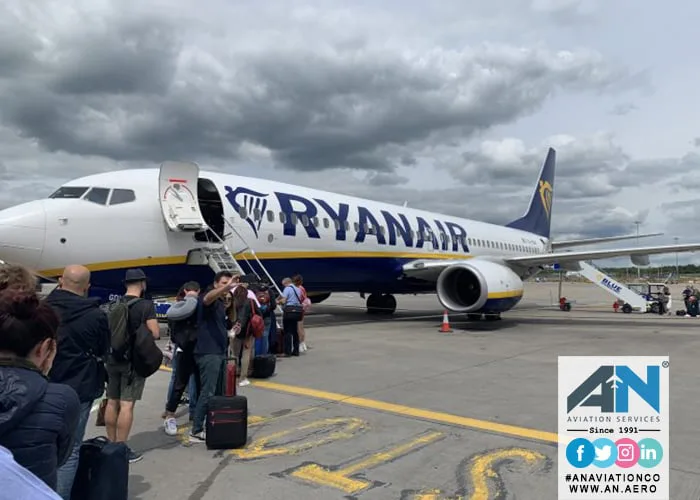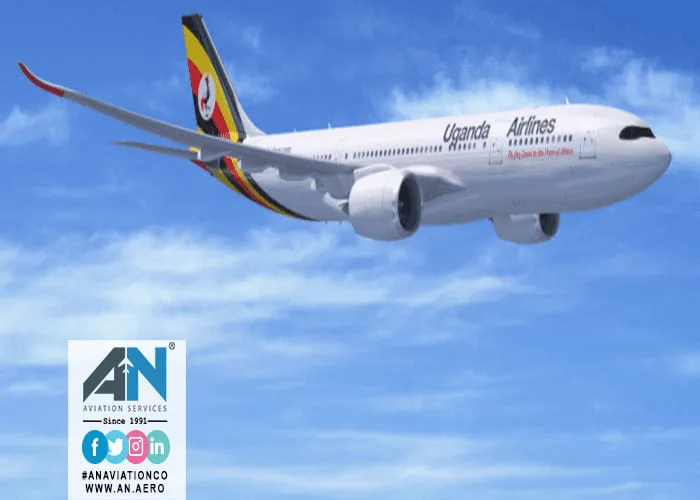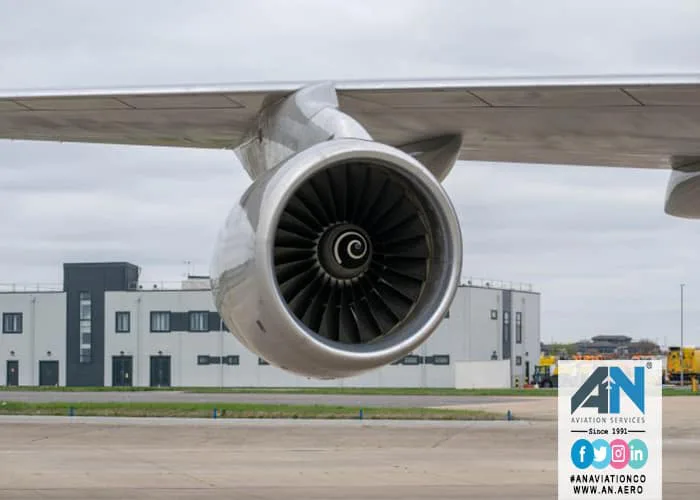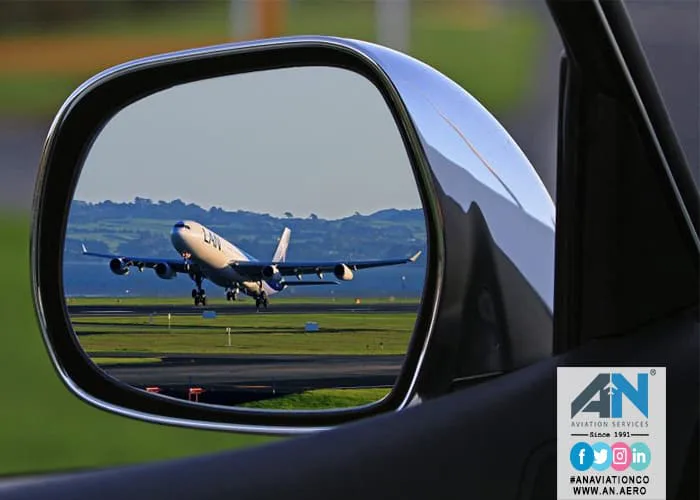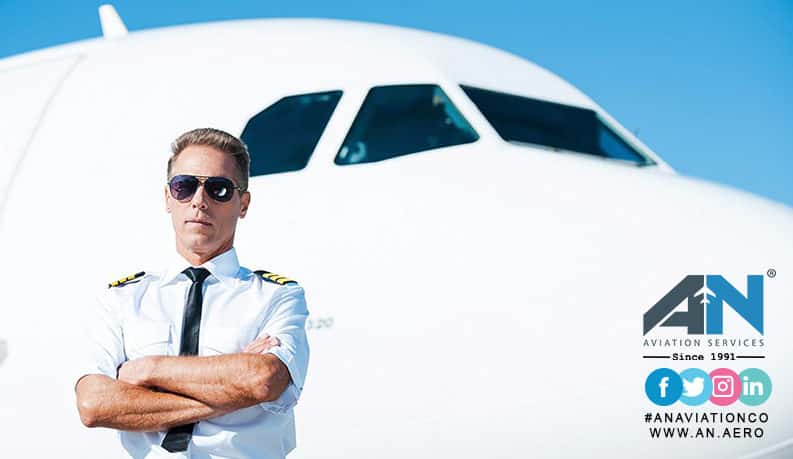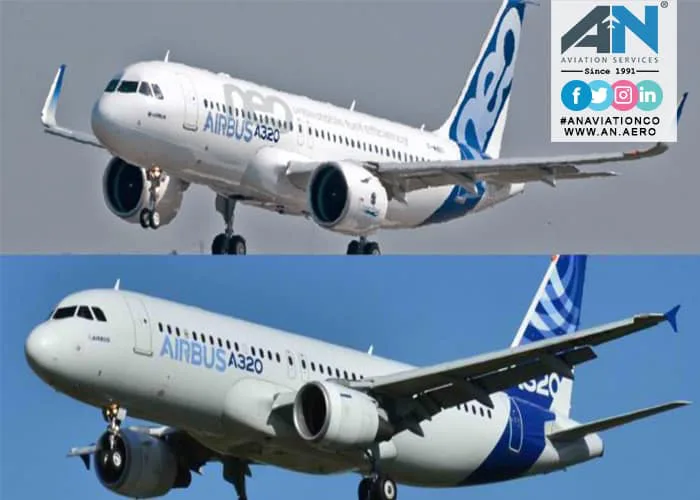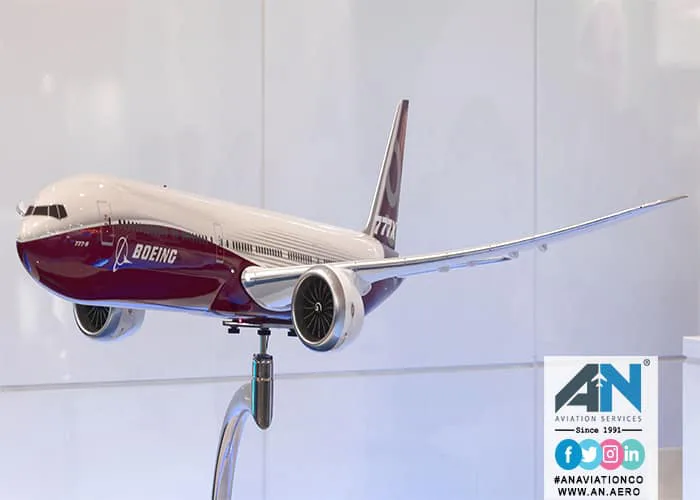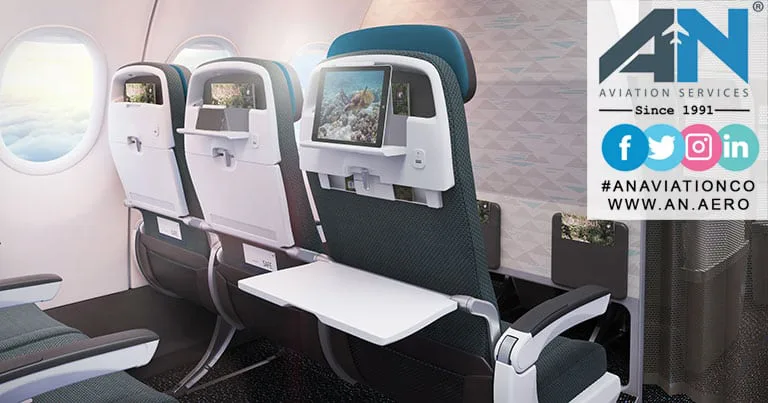The Boeing 737 is one of the most recognizable and widely used aircraft in the world. Since its debut in the late 1960s, this workhorse of the aviation industry has transported billions of passengers across countless routes.
The Airbus A330-800neo was introduced as part of Airbus’s effort to modernize its popular A330 family, promising improved efficiency, longer range, and updated technology.
From propeller-driven planes to the jet-powered giants of today, advancements in engine technology have been at the core of this progress.
If you’ve ever driven to the airport, you’ve probably found yourself wondering: “Why is airport parking so expensive?” Whether it’s a short weekend trip or a long vacation, parking your car at the airport can sometimes feel like a bigger expense than the flight itself.
The world of aviation is filled with unique career paths, each offering its own set of opportunities and challenges. Among these, two distinct roles stand out: Passenger Pilot and Cargo Pilot.
Known for its reliability, efficiency, and versatility, the A320 has become one of the most successful aircraft in history, trusted by airlines worldwide.
The aviation world is abuzz with anticipation for the Boeing 777X, an aircraft that promises to redefine long-haul travel with its cutting-edge technology, efficiency, and passenger-focused features.
The aviation industry has long been a symbol of innovation, connecting people and businesses across the globe. From the Wright brothers’ first powered flight to today’s ultra-efficient commercial flights, the evolution of aviation reflects humanity’s relentless pursuit of progress.


